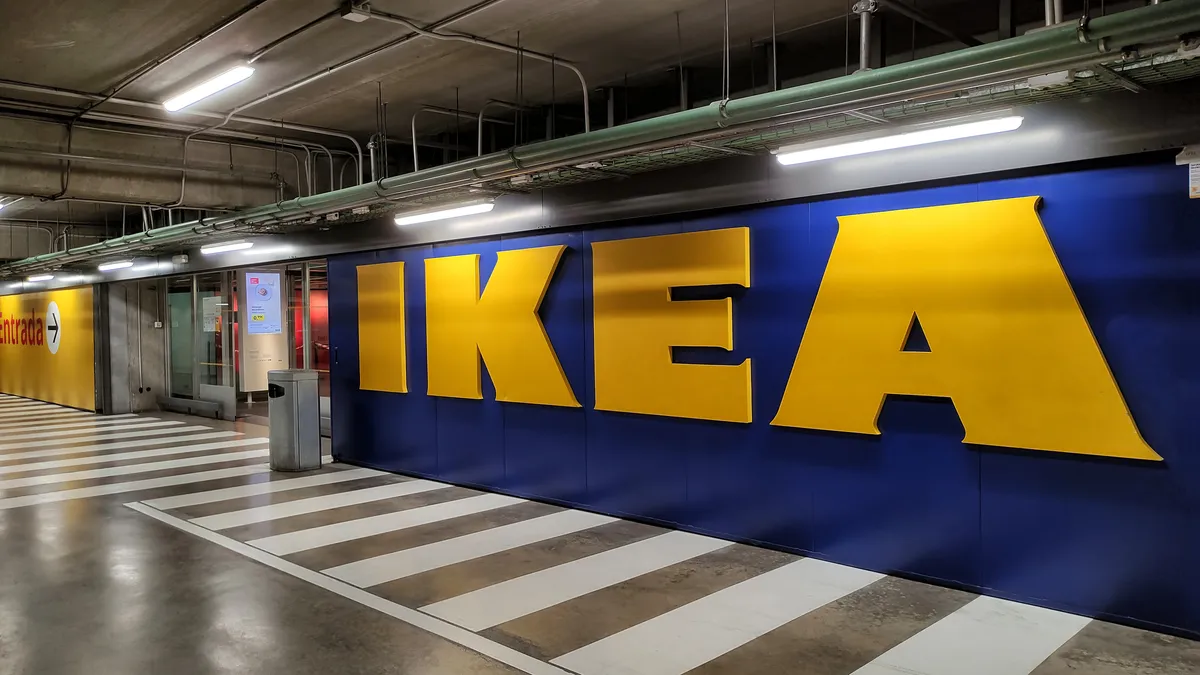Dive Brief:
- Google announced Thursday it is diverting 86% of waste from its 14 data centers away from landfills to more sustainable pathways. Six of the data centers have already become "zero waste" operations.
- In addition to reduction strategies and analytics, Google is focusing on better management of its electronic equipment, such as repairing or recycling servers and electronic devices. The company says that last year 75% of the parts used to fix data center hardware came from refurbished hardware.
- Google's Oklahoma site was the first to reach zero waste status, followed by data centers in Ireland, Finland, Belgium, Taiwan and Singapore. The company's definition of zero waste includes no more than 10% of material going to waste-to-energy facilities unless alternative options are less sustainable.
Dive Insight:
Fortune notes that Google is in a unique position to achieve these goals because it designs its own equipment. Doing so has saved the company more than $1 billion by making servers and data centers more energy efficient.
This announcement comes after Google already announced waste reduction plans across the categories of energy, materials, food and water last year. Fellow tech companies Apple and Facebook have been working on their own waste reduction efforts, along with many other major brand names.
These types of corporate operations, often housed in large office building or campuses, present a good opportunity for the industry to help achieve zero waste goals. In many cases, this is easier said than done, especially when it comes to technology.
Enterprises are constantly faced with the need to upgrade, not only because of the potential power new tech has to offer, but also because products break. But rather than relying on brand new parts straight out of the box, many companies can work to refurbish and repair technology, thus avoiding creating more waste.














